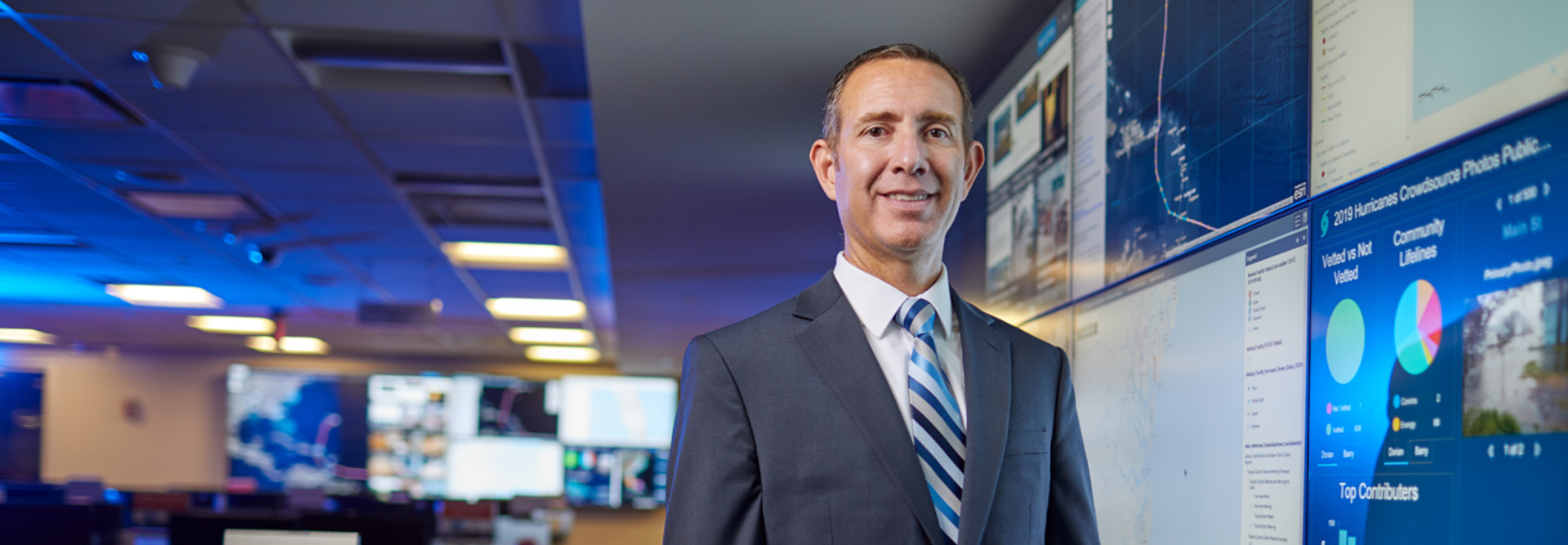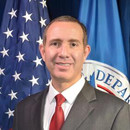FEDTECH: What does FEMA do during downtime to be able to respond quickly when disasters do occur?
BOWMAN: We continually test the technology to ensure that it works. You don’t want to find out that something isn’t working when you need it. Exercising and testing, and also ensuring that people are trained to use the technology — if we know something’s coming, we can prestage equipment and personnel and be ready to respond. In other disasters, there may be no time to be that prepared, so we have to ensure that our staff across the country are continually ready to deploy. We issue smartphones and laptops to our employees so that they are ready to deploy at a moment’s notice.
FEDTECH: How does the ability to communicate directly with people at the scene change how you respond to a disaster?
BOWMAN: We expedited our response times and our ability to get disaster assistance to the survivors. For example, our disaster survivor assistance staff can literally go to the disaster area, work on disaster applications with the survivors and give them a real-time status of where their application is. Our housing inspectors perform damage assessments, and once they walk out of the house, as long as they have cellular service, they can immediately upload that information back to our centralized disaster processing system, which expedites the assistance for the disaster survivor. It saves almost a day’s worth of processing time.
MORE FROM FEDTECH: Discover how FEMA's virtual tabletop exercises help train emergency responders.
FEDTECH: What kind of coordination do you have with state and local officials in terms of technology?
BOWMAN: We use smartphones to contact one another. Then there’s also coordinated radio spectrum with federal, state and local entities as well. FEMA views the disasters as federally supported, state-managed and locally executed. There’s definitely a lot of communication back and forth at all levels, ensuring that the right resources are reaching the right place at the right time.
FEDTECH: With so many mobile devices and remote workers handling sensitive personal information, what security issues do you face?
BOWMAN: Our issues in the field are similar to those we face in the office environment. We work to ensure that data is secured and that our users are educated on how to properly protect the information and the data and their equipment so that they don’t leave devices unlocked and laying around. We protect the mobile devices using mobile device management, and ensure our devices are patched to the most current patch level. For laptops, we run anti-virus and anti-malware, and also firewall software. We ensure those laptops are fully patched. We also ensure that they are blocked so that they can’t be unlocked if they’re left lying around unattended.
FEDTECH: What benefits does the agency see from being early to the game on cloud-based and mobile technology?
BOWMAN: We work closely with the Department of Homeland Security CIO office on that. Although FEMA doesn’t endorse any specific provider of cloud services, by migrating, we have a more reliable solution than we had with our previous on-premises email solution, and that was the primary reason for migrating. Since we’ve migrated, we’ve had over 99.9 percent uptime — it’s a much better service for our users. With FEMA being a very mobile workforce, having that ability to access their email on their phone from anywhere in the U.S. or in the territories is a game changer.
FEDTECH: What’s the next big IT project that FEMA’s got on tap?
BOWMAN: One of the primary things we’re working on is updating our voice, video and data infrastructure. We’re concentrating on modernizing the network to ensure that we’re ready for the next five to 10 years as far as technology goes. Then the other big thing would be moving to the cloud. FEMA’s no different than a lot of other agencies; we have some systems in the cloud today, and some we’re looking to migrate over the next several years.










